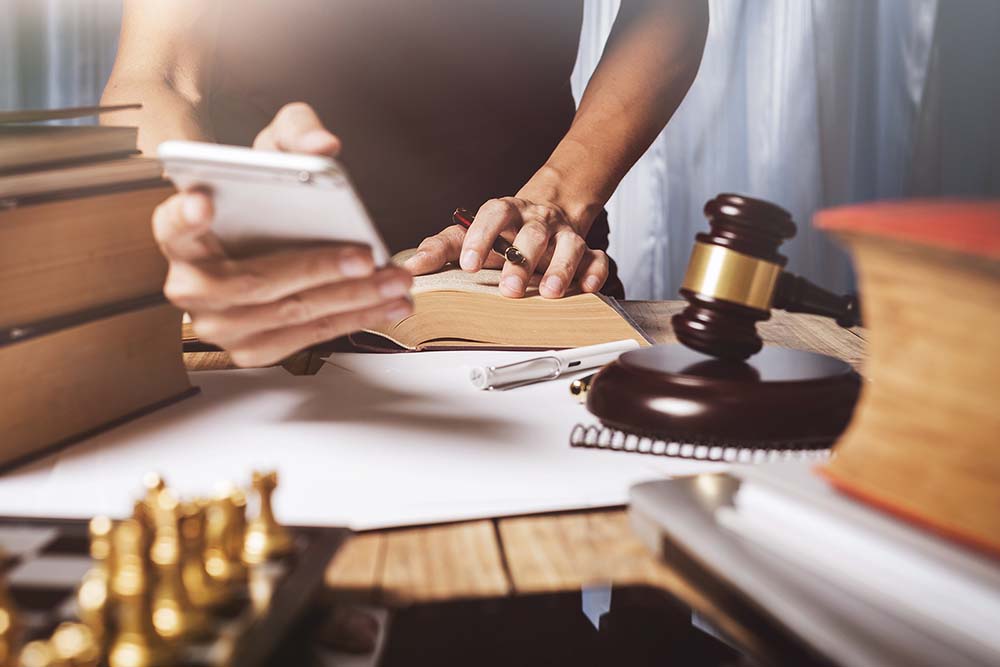Bankruptcy is often touted as a final line of defence against problematic debt. Its aim is to help alleviate some of the financial pressures that affect those who otherwise would have no reasonable way of dealing with their debts and who are unlikely to see a significant change to their situation in the near future. It is not unfair to say that many people who are approaching the possibility of bankruptcy do not have the safety net of a considerable savings pot, or assets that could easily be sold to generate cash to cover their expenses. Despite this, applying for bankruptcy is not free and in fact comes at a considerable cost which might seem even greater to those who are struggling with debt.
In this article we look at the cost of bankruptcy, whether there are any ongoing charges, and what options are available to those who cannot afford the application fee.
What is bankruptcy?
Bankruptcy is a debt solution that is available to those living in England, Wales and Northern Ireland. A form of bankruptcy known as ‘sequestration’ is available to debtors living in Scotland, although it takes a slightly different form. If a debtor successfully applies to be made bankrupt, their assets will be signed over to the control of an ‘official receiver’ – who will manage the bankruptcy process and attempt to generate as much money as possible for the creditors involved.
During bankruptcy, a debtor will be subject to numerous restrictions involving their access to credit and even the jobs that they can carry out. Although some view this as a major disadvantage, bankruptcy also enables debtors to deal with their financial situation by relieving them of many of their liabilities which they will no longer be required to pay. Once a bankruptcy order has been made, a debtor will no longer have to deal with their creditors and can begin the process of rebuilding their credit and improving their financial situation.
For more information about the process of applying for bankruptcy and what you can expect once an order has been made, read our detailed guide here.
How much does it cost to go bankrupt?

Although bankruptcy has fewer essential criteria than certain other debt solutions, applying for bankruptcy is not free and the cost is sometimes viewed as a barrier to people in difficult financial situations who want to deal with their debt issues.
The fact of the matter is that applying for bankruptcy does not come cheaply – with a fee of £680 which must be paid before your application is submitted. This charge comprises an adjudicator fee of £130, along with a deposit of £550 which can only be refunded if your application is rejected.
How to pay bankruptcy fees
As mentioned above, payment of bankruptcy fees must be made before your application is submitted. When applying to go bankrupt, payment can be made online via the government portal or at any NatWest branch.
Does it cost if your creditors apply to make you bankrupt?
It is also possible for your creditors to apply to make you bankrupt, provided that you owe them at least £5,000. If a creditor does petition for your bankruptcy, you will not be required to pay a fee although may wish to consider seeking qualified financial and legal advice at an early stage.
What if you can’t afford the bankruptcy fee?

Bankruptcy is a solution commonly used by those debtors who have exhausted their options and genuinely do not have enough money to deal with their debts in another conventional way. It follows, then, that many people struggle to pay the £680 bankruptcy fee which can often seem to stand in the way of solving debt problems. In the past, the fee could be reduced for those debtors on lower incomes, but this is no longer the case and the same rate applies to all applicants.
If you are unable to pay the £680 bankruptcy application fee, there are likely to be other options available to you and you need not worry that you cannot afford a lump sum payment that is quite so high. Firstly, it is possible for debtors to pay the bankruptcy application fee in regular instalments of as little as £5. This can offer an easy route to paying the costs of applying to go bankrupt, but keep in mind that you cannot submit your application until the fee has been paid and so this method may result in a longer wait for the bankruptcy process to begin.
Alternatively, you may be able to seek help from relatives, certain charities, or even take out a personal loan. There is no set path to getting together the money required to apply for bankruptcy and what works for one person may be entirely unsuitable for another. Making an informed decision based on your own personal circumstances is likely to be the best route towards a debt solution and there is no shame in seeking the support and advice of a qualified expert, whether in the form of a private professional or a charity.
Are there any ongoing costs after you’ve been declared bankrupt?
The costs don’t necessarily end once you’ve been made bankrupt. When you are declared bankrupt, any assets or income that you have are known as a your ‘bankruptcy estate’ and will be managed by a trustee from the Insolvency Service known as an ‘Official Receiver’. Their management of your financial affairs may come at a cost, and the following costs give an example of what could be drawn from your bankruptcy estate:
- Management admin fees of £1,990
- General fees of £6,000
- A trustee fee of 15% from any amount raised from selling your assets
- Any fees associated with the cost of selling your assets (fees for an estate agent, for example)
Although to many debtors these costs will seem high, they are not directly payable by the debtor and will instead be drawn from the bankruptcy estate (meaning any of your assets of spare income that is under the management of the Official Receiver in your case).

